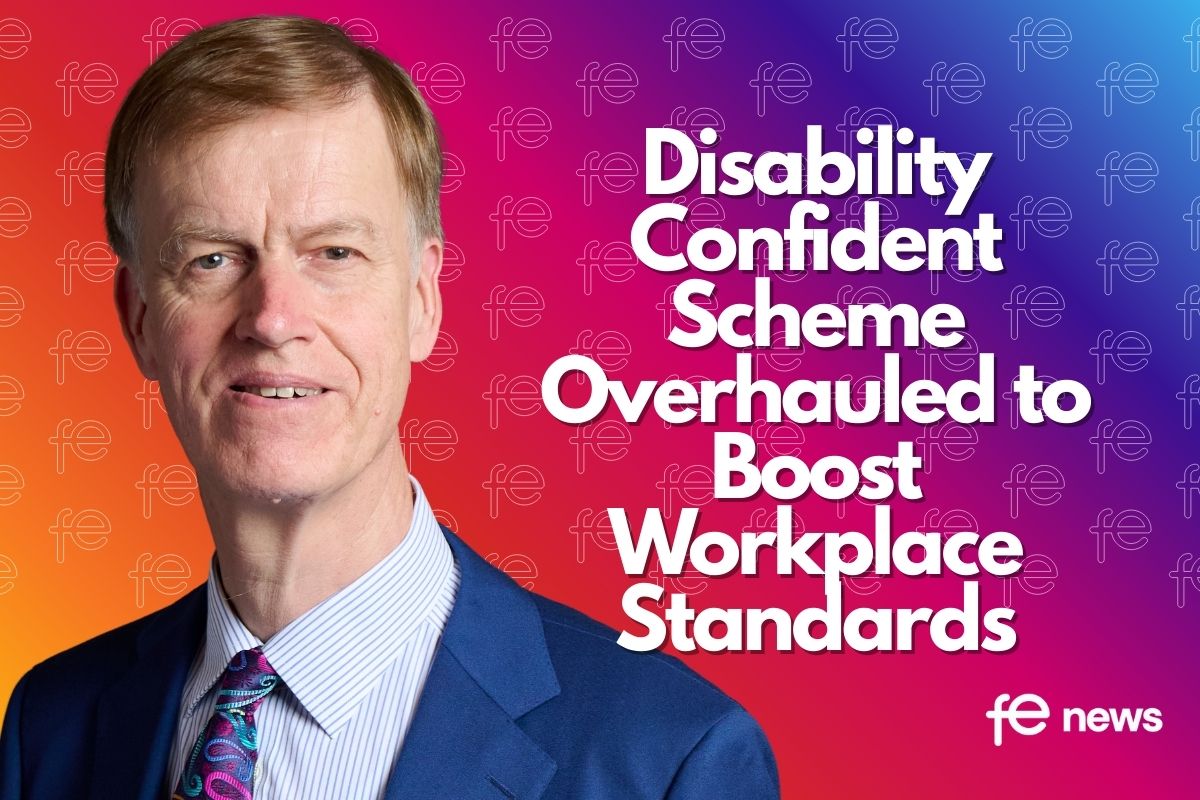10% increase on Apprenticeships and Levy Statistics: Sector Response

The Department for Education published their monthly Apprenticeship and Levy statistics: March 2019 and are available here. According to the data, there has been a 10% increase in Apprenticeship starts.
According to the data released from DfE there has been a significant increase in Apprenticeship starts over the past year. There have been 225,800 apprenticeship starts reported to date between August 2018 and January 2019 for the 2018/19 academic year. This compares to 206,100 reported in the equivalent period in 2017/18, 269,600 in 2016/17 and 264,600 in 2015/16. Of the 225,800 apprenticeship starts reported so far in 2018/19, 60.0 per cent (135,400) were on apprenticeship standards.
The Apprenticeship Levy launched on the 1st April 2017, so it is great news that the number of starts is now starting to increase two years after the Levy was launched. Taking into account that Apprenticeship Levy paying employers have two years to spend their Apprenticeship Levy pot, hopefully the increase in Apprenticeship starts will continue into subsequent quarters.
 Apprenticeships and Skills Minister Anne Milton said:
Apprenticeships and Skills Minister Anne Milton said:
“It’s excellent news that the number of people starting on our new high-quality apprenticeships in the first two quarters 2018/19 increased by 10% compared to last year.
“We overhauled the apprenticeships system almost 2 years ago to the day and we have made good and steady progress. Apprenticeships are now longer, higher-quality, with more off-the-job training and provide for a proper assessment at the end, with the Levy giving employers the flexibility to invest in the skills they need for the future. I’m delighted that thousands of employers large and small are now embracing the huge benefits apprenticeships are bringing to their business and offering people of all ages and backgrounds the chance to progress.”
What does the sector think about the news?
Tom Bewick, Chief Executive of the Federation of Awarding Bodies (FAB) comments:
“As the Institute marks only its second birthday, we should welcome the uplift in apprenticeship starts – particularly on the new standards. The fact is, despite some criticism to the contrary, the Institute is making good progress rolling out the reforms after inheriting a very difficult situation. But step by step it has been working in close partnership with a range of partners to fine tune the system. If the right long-term choices are made about the financial sustainability of the Levy; and a singular and consistent approach is taken to quality assurance; then there is no reason not to assume that English Apprenticeships have finally turned a corner.”
Mark Dawe, Chief Executive of the Association of Employment and Learning Providers (AELP) says:
“It’s good to see the curve pointing upwards again, but starts are still 40,000 fewer than their pre-levy levels. Employer demand is undoubtedly there, but providers can’t meet it all because of the current funding problems. Therefore the Spending Review must provide a separate apprenticeship budget for the non levy employers.”
Julian Gravatt, Deputy Chief Executive of the Association of Colleges (AoC), said:
“It is good news for employers and the country as a whole that we have a rising number of apprentices in 2019 but, as officials confirmed to the Public Accounts Committee this week, the budget for the next twelve months is fully committed which means that colleges will have to start turning down requests from small employers. The losers here will be young people. It does not see right that some larger employers (including government departments) are using levy funds to train accountants, actuaries and solicitors at a time when funds are starting to dry up in areas that will make a real difference. The average college trains 1,400 apprentices and the sector accounts for half of all engineering and construction apprentices in training.”
Alison Cox, Head of Apprenticeships & Stakeholder Engagement, CMI:
“We know the apprenticeship reforms are not without their problems but the latest figures show that the system can work, with the number of starts once again up on last year. For this to continue, we need to keep a laser-like focus on quality and ensure that employers are able to invest in those apprenticeships that deliver high-value skills and which drive up productivity.”
Tony Allen, CEO, AAS Ltd comments:
“Whilst on the face of it, these numbers look encouraging, the introduction of the Levy two years ago had a negative effect on starts as employers came to terms with what the new reforms meant for them.
“More relevant is the fact that the numbers show a 40,000 reduction on two and three years ago, showing, that the overall longer-term trend is still down.
“Furthermore, and perhaps even more worrying, there is a reduction in the lower level (2 and 3) apprenticeship starts. Whilst it is good in my view that higher level apprenticeships are growing, the fact that there is restricted funding for non-levy employers to start an apprentice, principally in SME’s, is strangling the demand for Level 2 and Level 3, where historically many of these apprenticeships have come from.
“However, they do it, we urgently need the government to address the issue of insufficient funding for SME’s”
Brian Berry, Chief Executive of the Federation of Master Builders (FMB), said:
“These latest statistics point to a serious failure of the Government’s Apprenticeship Levy. Their publication comes at a time when 64 per cent of construction firms are already struggling to hire carpenters and joiners, and 61 per cent are struggling to hire bricklayers. The Government needs to make the Apprenticeship Levy work for small construction firms by increasing the proportion of Apprenticeship Levy vouchers that are permitted to be passed down the supply chain from large to small companies from 25 per cent to 100 per cent. After all, small and medium-sized construction firms train two-thirds of all apprentices in our sector and more importantly, they offer training in the skills the industry actually needs – the onsite trades like plasterers and plumbers.”
Berry concluded: “Looking ahead, as part of its post-Brexit immigration proposals, Ministers want to close the door to Level 2 tradespeople by dubbing them ‘low skilled’ and preventing them from entering and working in the UK for more than 12 months at a time. It takes years to train quality tradespeople to become a Level 2 worker and even if we did have the time to train at this scale, there aren’t enough UK-born workers to go around as we are almost at full employment. The construction industry is facing a cliff-edge when it comes to skill shortages, and I’m concerned that we will not be able to continue growing and delivering on the Government’s housing and infrastructure targets if this state of affairs continues. The Government must fundamentally rethink the Apprenticeship Levy and its post-Brexit immigration proposals, or else the construction sector will not be able to deliver what’s required.”











Responses